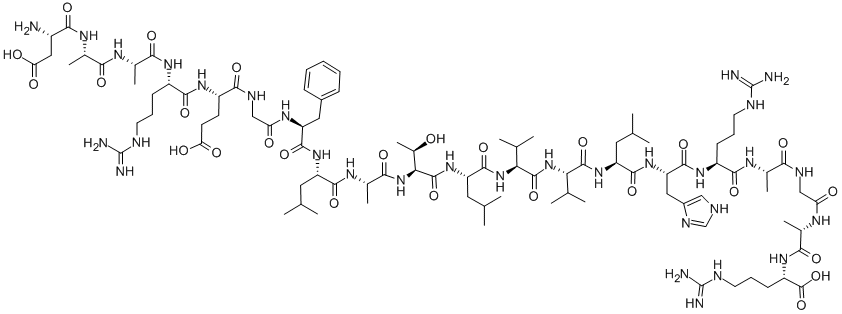However, in some stem cell therapies, such as those involving bone marrow, there is always a risk of patient rejection. As we discussed in one of our Diigo posts, scientists often use cells from a patient's own body to resolve this issue. We believe that this would also be helpful as patients would not have to wait around for another individual's organ or tissue donations; rather, they would have immediate access, as cells are from their own body. However, for older patients, the stem cells have become aged and function less than younger cells. Using this new technique, the stem cells from elderly patients can be utilized without being rejected.
This method was created by Milica Radisic and Dr. Ren-Ke Li, two researchers. They created conditions similar to the aged stem cells in tissue cultures, referred to a "micro-environment." In this micro-environment, which the heart tissue would grow in using stem cells from elderly patients. Various factors causing cell proliferation , or the increase in cell numbers, are added to the cell cultures. These infusions caused aging factors to be reduced and cells to be restored to younger versions. In particular, molecules such as p16 and RGN were infusions that caused this to occur.
The molecule "p16" is a gene that is inactivated when cancers are present in humans. Similar to our topics in biology last year, genes can be inactivated or activated to cease or continue a function. In this case, c ells are usually limited in their growth through the activation of p16, but when inactivated, p16 actually causes tumors to form. Tumor suppression occurs through protein-protein interactions with p16. Specifically, p16 binds to CDK4, another gene, which causes it to be active.
 |
| The structure of p16 |
The bonding that takes place between p16 and CDK4 is of Intermolecular Forces (IMFs). In particular, when CDK4 bonds with other genes, hydrogen bonding networks are created. As we have discussed in class, hydrogen bonds are attractive forces between a hydrogen and an electronegative molecule., usually of a nitrogen, oxygen, or fluorine atom. The picture above shows the large number of hydrogen atoms in the structure of p16. Almost all of these hydrogens are attached to an N or an O, two atoms that are also abundant in p16's structure. This shows that hydrogen bonds exist in p16. P16 is not very structurally stable, particularly due to its "highly dynamic structure as measured by ANS-binding, NMR hydrogen-deuterium exchange, and fluorescence." Because of its weak structure, p16 also self associates and forms dimers. The Kd value of the molecule is only 270 microM for p16. Kd is the equilibrium dissociation constant of products over reactants in the reaction A + B ↔ AB. As discussed last year, it is a specific type of equilibrium constant, K, and is the reciprocal of Ka, the equilibrium association constant.
In the future, this method can be utilized in many applications. When the stem cells in elderly patients start decreasing in function, they will be revived using this "fountain of youth" technique. Damage caused by heart attacks will be repaired, and defects such as aneurysms can be fixed as well. Although this discovery can be very useful, it might also have several drawbacks. There has always been debate over the moral issues of stem cells. With this discovery, scientists would be tampering with the naturally occurring chemicals, bonding, and genes in the body. Perhaps, for many people, this new method would not be a chemical wonder, but more of a manipulation of nature.
http://www.newstrackindia.com/newsdetails/2012/11/28/373--Fountain-of-youth-technique-may-help-create-heart-patches-from-old-cells.html
No comments:
Post a Comment